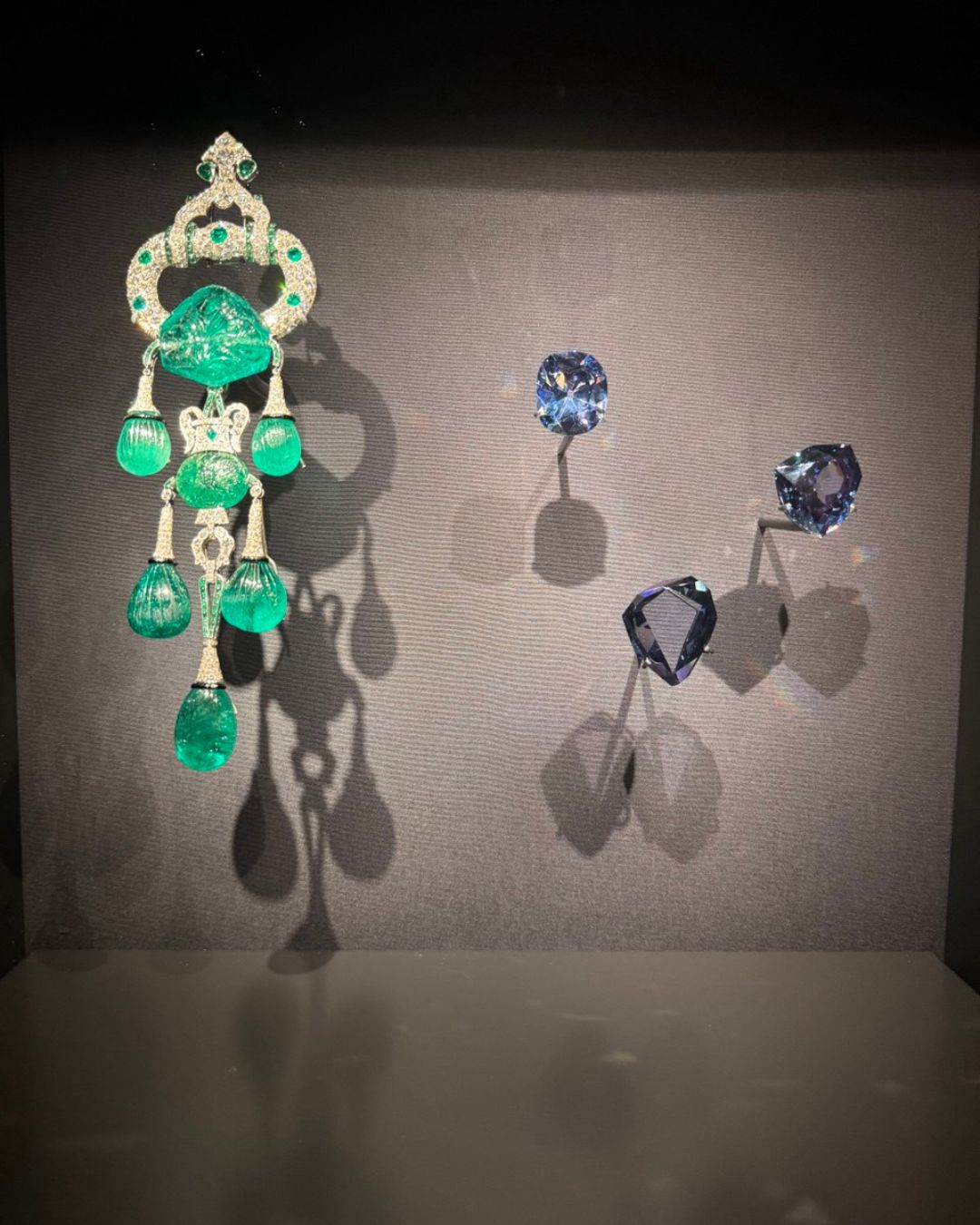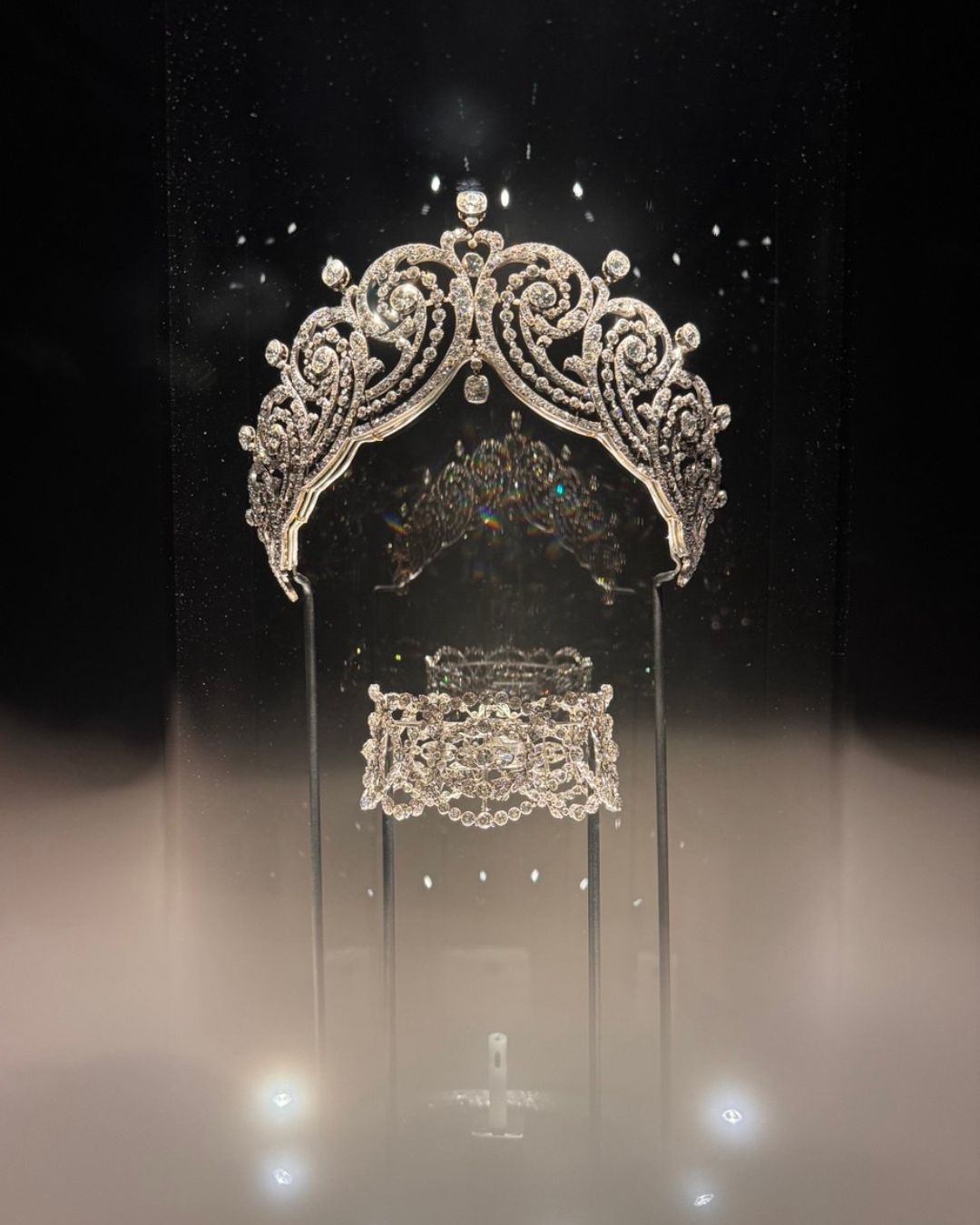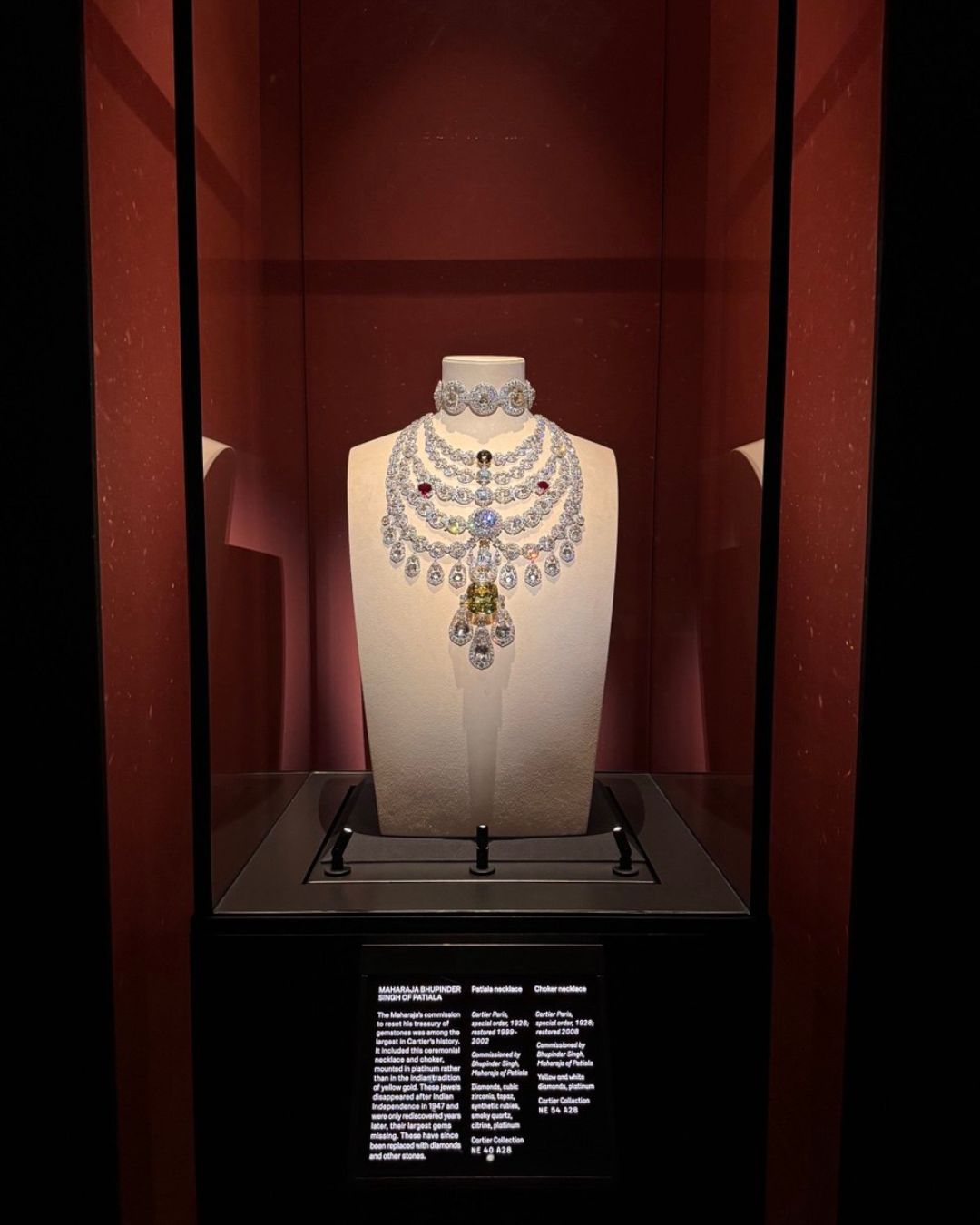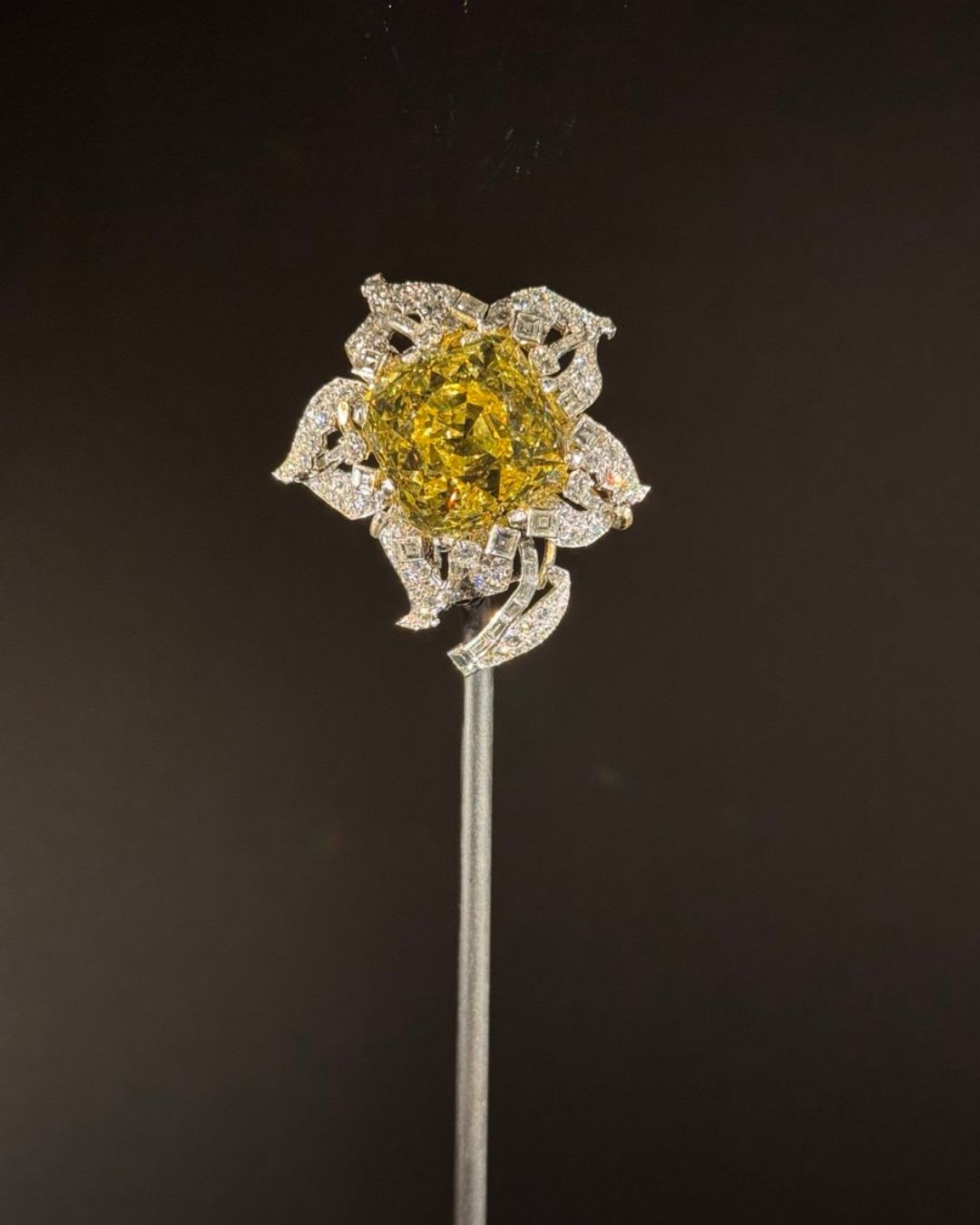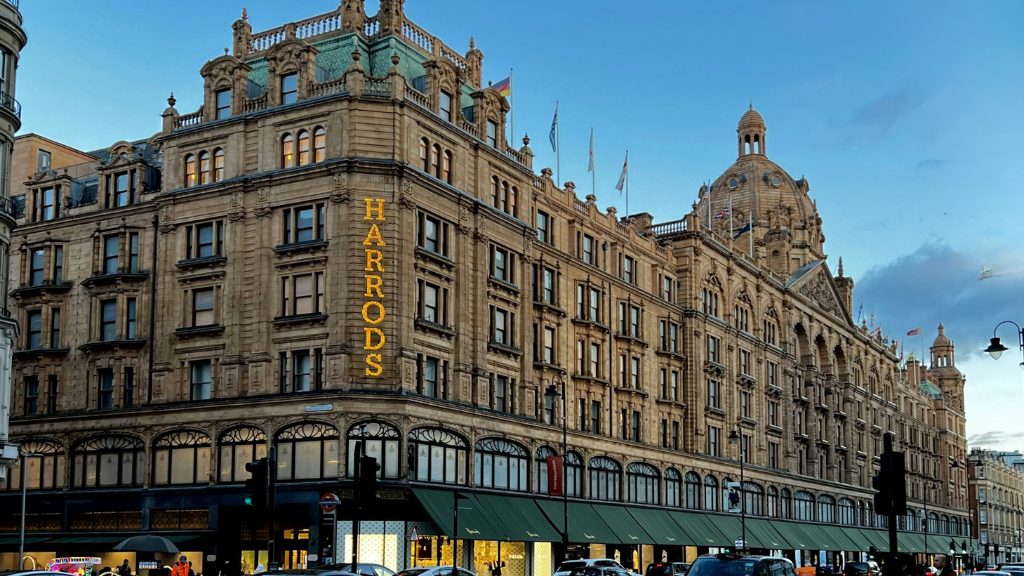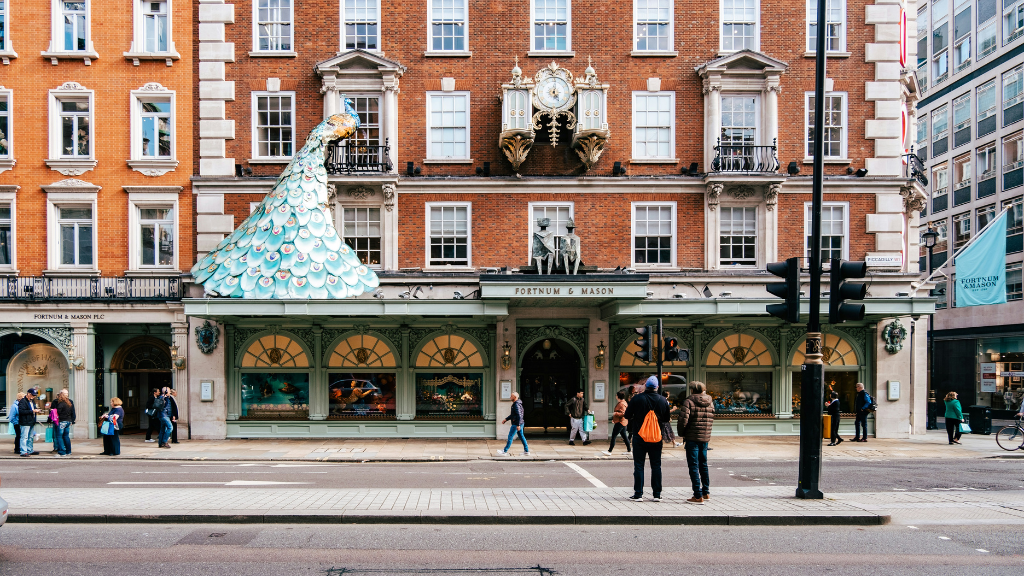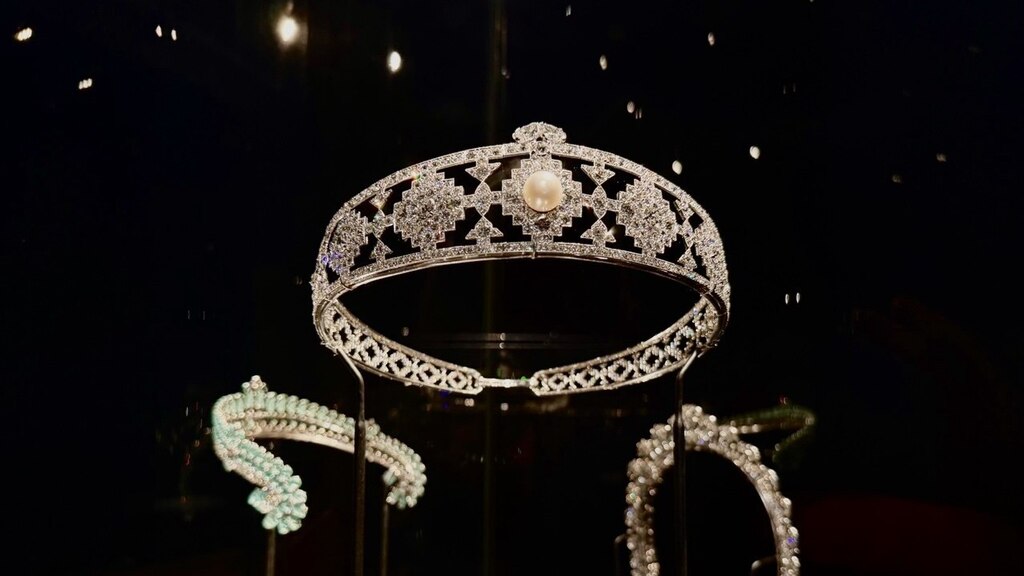
Cartier: more than jewellery
What is a piece of jewellery? A symbol? An ornament? An investment? Or perhaps even a political gesture? At the Cartier: The Design of Time exhibition at the Victoria and Albert Museum, jewels cease to be “just beautiful.” Here, every gemstone is an argument, every curve a manifesto. Cartier appears not simply as a brand, but as a curator of history — a history of ambition, power, love and enduring luxury. Afisha.London visited the exhibition and shares its impressions.
The exhibition is structured not chronologically but thematically. This makes the viewing experience dynamic and contextual: the visitor doesn’t move from decade to decade but rather travels through shifting aesthetics, moods and cultural demands. This curatorial approach presents Cartier as an active participant in a global dialogue between art, fashion, cinema and politics — not just an abstract “Maison.”
Among more than 350 pieces on display are jewellery, watches, design sketches and archival photographs, all demonstrating the evolution of the brand’s visual language. Particular attention is given not only to iconic designs but also to those who wore them: aristocrats, actresses and clients from Russia, India, the USA and Europe.
- Cartier: The Design of Time exhibition. Photo: Afisha.London
- Cartier: The Design of Time exhibition. Photo: Afisha.London
One of the standout exhibits is a tiara created in 1903 for Consuelo, the Duchess of Manchester. Made in the elegant 18th-century garland style, it was crafted by Cartier using over a thousand diamonds from the Duchess’s own collection. The tiara reflects both the refined aesthetic of the Edwardian era and the growing influence of American heiresses on the European luxury market. Consuelo was one of the first so-called “dollar princesses,” whose fortunes helped sustain the British aristocracy. The piece has been carefully preserved and is now part of the jewellery gallery at the V&A.
Another major highlight is a Tutti Frutti set — one of Cartier’s most recognisable designs. Its story began in 1901 when Queen Alexandra, wife of Edward VII, commissioned a necklace to match Indian gowns gifted to her. In 1911, Jacques Cartier travelled to India, where he studied traditional stone carving techniques.
Read also: Fabergé – The legendary jewellery firm in London and St. Petersburg
This experience shaped the development of the Tutti Frutti style: intricately carved emeralds, sapphires, rubies and diamonds were assembled in asymmetrical floral compositions inspired by Indian design. Unlike Cartier’s other collections, Tutti Frutti focused not on clarity but on richness of colour and ornamental form. The result is a vivid, layered aesthetic that remains timeless. The set on display is a clear example of how Cartier turned cultural exchange into visual language.

Cartier: The Design of Time exhibition. Photo: Afisha.London
In stark contrast to the lively colours of Tutti Frutti is the striking snake necklace, commissioned by Mexican actress María Félix in 1968. It took two years to make: the 56cm-long serpent has an internal gold and platinum armature that allows it to move fluidly and is covered with 2,473 diamonds weighing more than 178 carats.
Read also: Fabergé and Russian heritage in London: the wedding of Olivia Henson to the Duke of Westminster
On the underside, enamel in green, black and red pays homage to the Mexican flag. Known for her independence and bold style, Félix often identified with the snake as a symbol of power, wisdom and freedom. This necklace doesn’t just showcase Cartier’s technical skill — it pushes beyond the brand’s usual aesthetic. It’s not about delicacy; it’s about character. Impossible to confuse with anything else, the piece is intensely personal. That is its power: Cartier here responds not to a trend, but to an individual.
The exhibition will appeal not only to jewellery lovers, but also to anyone interested in visual culture, fashion and film. Cartier pieces have long been part of cinematic iconography — consider The Great Gatsby, Wall Street, Ocean’s 8, La Belle et la Bête, and The Son of the Sheik. In these films, the jewellery doesn’t merely complement the look; it sets the tone, defines the style and communicates the era. If you want to extend the experience beyond the museum, be sure to watch one or more of these films — they’re a great way to see Cartier’s work in motion, in character, in context.
- Cartier: The Design of Time exhibition. Photo: Afisha.London
- Cartier: The Design of Time exhibition. Photo: Afisha.London
Cartie is not just an opportunity to admire rare jewellery masterpieces, but also a chance to trace how form, style and symbolism have shaped — and continue to shape — cultural history. The exhibition opens at the Victoria and Albert Museum on 12 April 2025.
Cover photo: Afisha.London
Read more:
Age of Elegance: The Edwardians at the King’s Gallery
SUBSCRIBE
Receive our digest once a week with quality Russian events and articles

